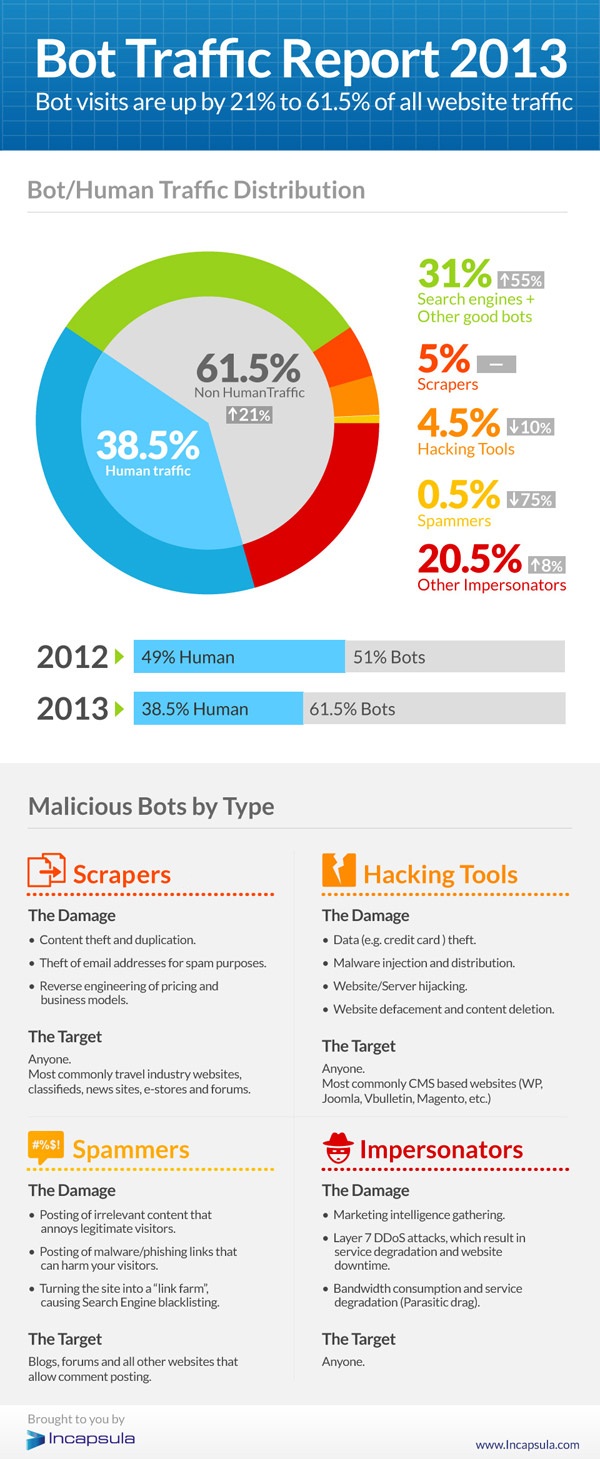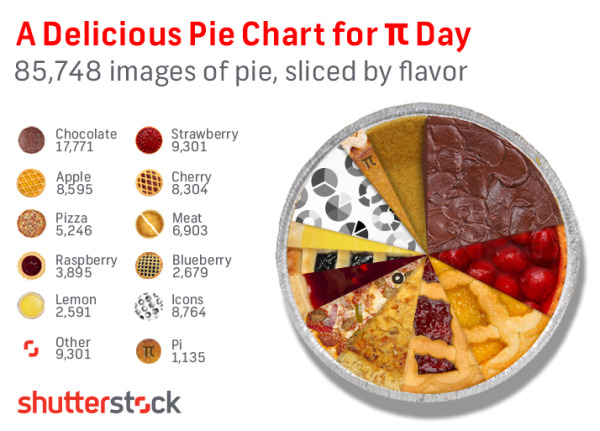
Sometimes, no matter how you word your question, Google’s search engine’s results will not come up with what you are looking for. How To Be a Google Power User infographic from Who is Hosting This? tackles the Google search engine problem with a few tips and tricks to help you find the answers to the questions you are seeking.
It’s a familiar frustration for most of us: You type your precise, specific search terms into Google, and expect to find what you need on the first page.
Instead, you’re faced with millions of search results, and the first few links are so off-the-wall unrelated you wonder if you mistyped something.
But your search terms are correct, so why doesn’t Google know what you’re looking for? And how are you supposed to narrow down the millions of irrelevant results?
Luckily, Google has quite a few hidden tips and tricks for searching that will help you quickly find exactly the results you’re looking for.
Just by learning a few formatting and punctuation tricks, you can tell Google how your search terms are related, or exclude certain words or phrases. You can also narrow down your search with criteria like location or pricing, or use Google to search within a single website.
If you’re still not getting the results you need, Google has several other little-known features that can widen your search. Webmasters can easily find images for their websites and blogs with Google Images, and researchers need only visit Google Books or Google Scholar to search through print publications and research papers in any field.
Faster and more accurate searches aren’t the only benefit to becoming a Google power user. Google also has a few hidden functions you can unlock with the right search query, including calculations and conversions, stock quotes and sports scores, and film showings and flight statuses. With the right search, you can get immediate results telling you the current weather and today’s sunrise and sunset times, or quickly look up the definition of a word and get a translation into one of dozens of available languages.
With the time you save as a Google power user, you’ll even be able to fit in a game of Atari Breakout on Google Images. Just follow the steps int he infographic to find out how!
This is a great instructional, how-to infographic design. It’s informative, without making any kind of hard sales pitch for a companies products or services, and that usually leads to more sharing activity. It would help to have the URL to the original infographic landing page in the footer.
The color scheme is spot-on with Google as the topic, and the sections are easy for readers to follow with minimal text. For example, the design shows you how to use the Search Operators using an example without a lengthy text explanation.
Found on Digital Information World and State of Digital









 Randy
Randy








